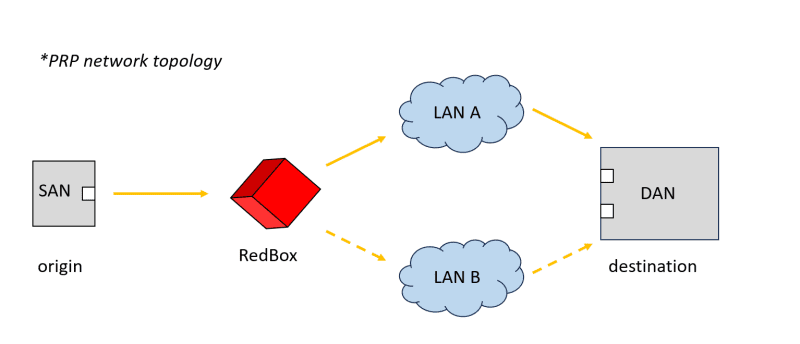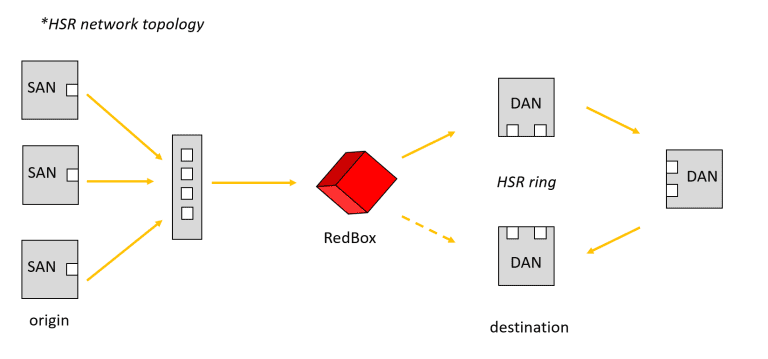PRP and HSR are two different protocols used in transformer stations to ensure the continuity and safety of data transmission.
PRP, or Parallel Redundancy Protocol, is a protocol that creates redundancy for TCP/IP connections by sending data to two separate LANs from a single device. This way, if one LAN fails, the other LAN can still deliver the data without any delay, recovery time, or packet loss.
HSR, or High Availability Seamless Redundancy, is a protocol that creates redundancy for ring-type networks by sending data in both clockwise and counter-clockwise directions from each device. This way, if one link fails, the data can still reach its destination through the other link without any delay, recovery time, or packet loss.
To determine when to use HSR and when to use PRP, we need to compare the two connection types. Both methods have their pros and cons, which can be summarized as follows:
PRP pros:
+ It optimizes the network traffic for low bandwidth scenarios.
+ It allows the use of additional switches for more flexibility.
PRP cons:
+ It is expensive in terms of equipment, configuration and maintenance costs.
+ It requires highly skilled personnel to set up and manage the network.
HSR pros:
+ It does not require any extra equipment, only two ports per device.
+ It reduces the cable costs for long distances.
+ It is simple to install, operate and maintain.
HSR cons:
+ It does not support Layer 2 features such as VLANs or MAC filtering, because the packets have to traverse all the nodes in the ring to achieve seamless redundancy.
Depending on factors such as the number of IED devices, the connection distance, the speed and bandwidth of the network, PRP or HSR can be chosen for each specific case.
PRP use cases
- The network already has an existing Switch.
- Large networks with many IED devices need to use Layer 2 functions such as (VLAN, MAC filter) to increase transmission speed and avoid network congestion.
- Short connection distance.

HSR use cases
- Small networks, small number of IEDs, no high risk of network congestion, bandwidth requirements are not too high and even if the bandwidth is low, congestion will not occur
- Long connection distance.
- Also used in SCADA connections for power plants, wind power plants or industrial factories.


